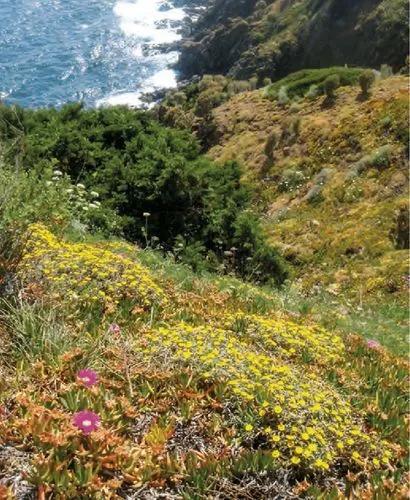Pulido's Echeveria doesn't require much care but rewards its owner with beautiful foliage. It has blue-green leaves, which get red margins when exposed to enough sun.
Echeveria pulidonis Care
Echeveria pulidonis



Echeveria pulidonis, widely known as Pulido's Echeveria, is one of the slowest-growing succulent plants. This flowering succulent from the Crassulaceae family naturally grows in Mexico and Central America on stony soils at high altitudes. It is characterized by thick, cupping dark green leaves, pale greenish-silver in color with deeper red edges. The bloom time is in the spring months. The bright yellow flowers force the reddish stems to arch over due to the weight of the flowers.
How to Care for the Plant

Water

Echeveria, like most other succulents, is drought tolerant. Therefore, you should allow the soil to dry completely before pouring your green pet a drink.

Pruning

Echeveria doesn't require regular pruning. The plant will shed dead leaves. All you have to do is gently tug on the damaged foliage to remove it from the stem.

Fertilizer

Echeveria is very sensitive to excess feeding. Use slow-release fertilizer diluted a bit more than suggested on the packaging. Apply it every two to three months during the growing season.

Sunlight

These succulents enjoy bright sunlight, so pay attention to sun exposure when picking a spot for your green pet. Ensure your Echeveria will get plenty of sunlight and some partial shade on hot summer days.

Soil

A succulent mix of good quality will be great. Ensure the substrate is porous and well-draining. You can adjust your regular potting mix with perlite and sand to achieve the needed results.

Propagation

There are several options for propagating Echeveria. You can grow a new plant from leaf or stem cutting or seeds. Another great option is propagating an offset. You will see a small plant nestled near the mother plant. Gently pull the rosette away from the mother plant and plant it in a separate container.

Temperature

Echeverias, like most cacti and succulents, love warmth. It can withstand temperatures as low as 40˚F (4˚C), but ensure to bring them inside during winter if you experience such low temperatures. The best temperature for growing Echeverias would be in the range of 50-70˚F (10-20˚C).

Container

Give preference to pots made from materials such as clay or terracotta. As for the size, it should be only an inch bigger than the plant's rosette. Pick shallow but wide containers with drainage holes.

Fun fact

Due to the low-maintenance nature and beautiful appearance of Echeveria pulidonis, it's a popular kind for creating hybrids.

Popularity

13,567 people already have this plant 2,210 people have added this plant to their wishlists
Discover more plants with the list below
Popular articles






